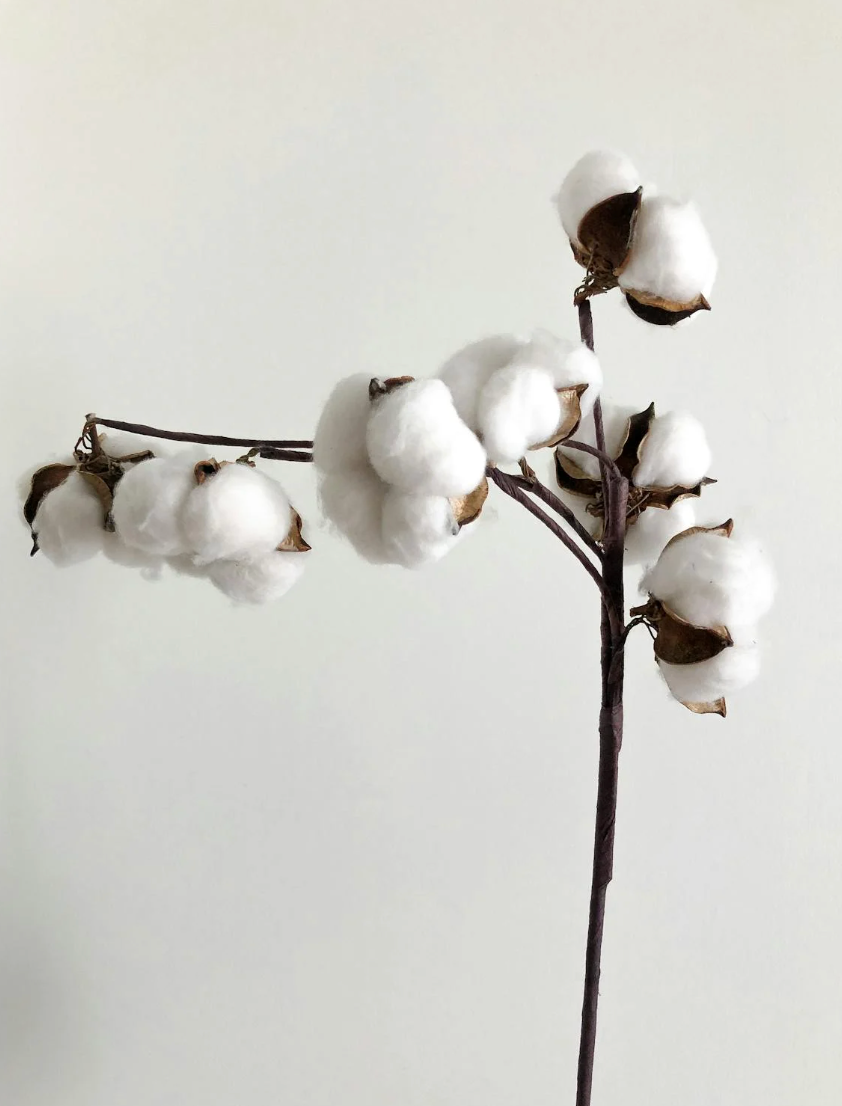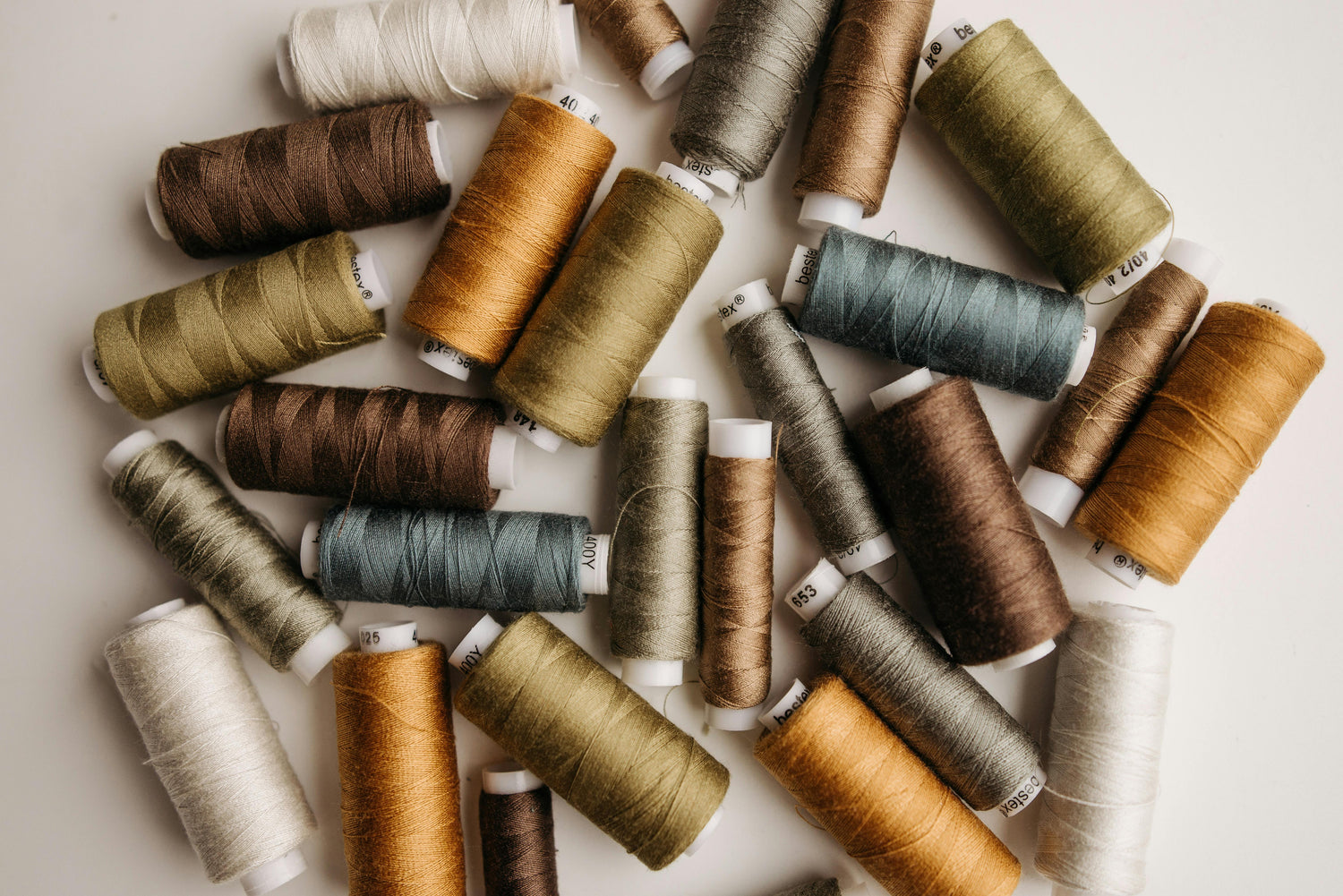In addition to cotton and polyester, there are several other fabrics that are widely used in clothing and textile products, each with unique properties and applications:
Wool: Obtained from the hair of animals such as sheep, goats and alpacas, wool is extremely warm, breathable and naturally water-repellent, ideal for winter clothing such as sweaters, jackets and socks.
Silk: This luxurious, natural fiber, produced by silkworms, is known for its smoothness, luster and strength, and is often used for evening wear, blouses and underwear.
Linen: Made from the fibers of the flax plant, linen is strong and extremely breathable, although it wrinkles easily. It is valued for its coolness and comfort in hot weather and is widely used for summer clothing and home textiles.
Rayon (Viscose): A semi-synthetic fiber made from naturally occurring polymers, rayon is versatile, soft, and has a silky sheen, often used for dresses, blouses, and sportswear.
Acrylic: A synthetic fiber similar to wool in warmth and texture, but lighter. Acrylic is colorfast, machine washable, and resistant to wrinkling and shrinkage, often used for less expensive sweaters and blankets.
Nylon: Known for its strength and elasticity, nylon is often used in sportswear, tights and swimwear because of its resistance to wear and tear.
Spandex (Elastane): Exceptionally elastic, usually blended with other fabrics to make clothing stretchy, such as in leggings, sportswear and underwear.
Bamboo: Made from the pulp of bamboo plants, bamboo is known for its softness and breathability, is antimicrobial and biodegradable, making it an eco-friendly choice.
Tencel: A brand name for lyocell, made from the cellulose in wood pulp. It is known for its environmentally friendly production process, softness, strength, and breathability with excellent moisture-absorbing qualities. Tencel is often used for underwear, sportswear, and comfortable summer clothing.
Hemp: Derived from the stems of the hemp plant, hemp fiber is sustainable and characterized by low water consumption and minimal pesticide requirements during cultivation. It is strong, durable, breathable and has antimicrobial properties. Hemp is increasingly used for casual clothing, bags and eco-friendly building materials.
This diversity in materials offers extensive possibilities for different applications, from everyday use to specialized clothing and household items.


